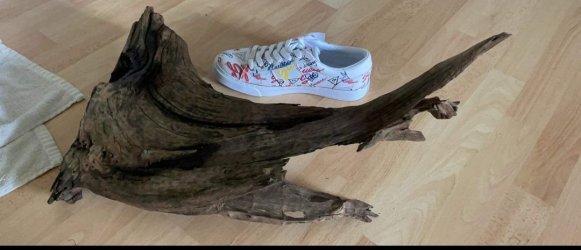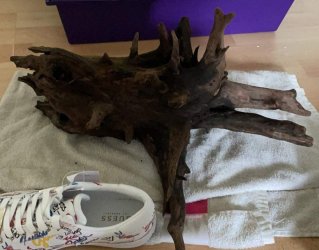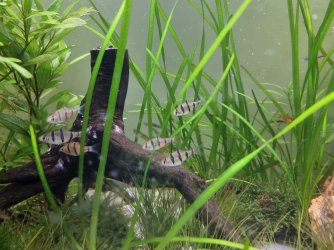The tank length is a prime consideration here, so now we have the dimensions [and leaving aside the parameter issue] and dealing with the species initially mentioned, I would rule out the Sahyadria denisonii (the "torpedo" barb) which needs a group of 8-10 and being more active and larger, at minimum a 4-foot (120 cm) length tank. I know it is just 20cm difference, but that can be significant especially with a adequate-size group of active fish.
The Phenacogrammus interruptus (Congo Tetra) similarly would be better in a 4-foot minimum tank; A group of 10+ is best, and the males do seem to like doing relay races with two, sometimes three of them, and I had mine in a 3-foot tank temporarily (re-working the 4-foot 90g) and that was clearly pushing things for them.
The Hyphessobrycon columbianus would be better with a few more, say 8-10, so if you like this fish, I would add maybe 3-4 more. It will make a difference. Same (getting more) might hold for the Corydoras too, but no info is given on numbers.
The Desmopuntius hexazona (your "pentazona" barb) suits the space; a group of 9-12.





